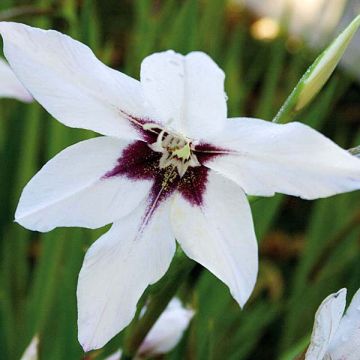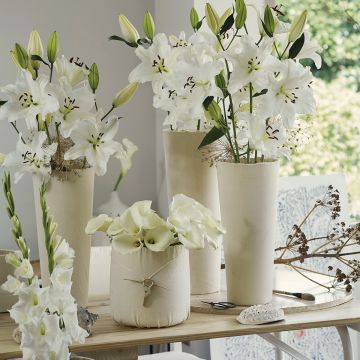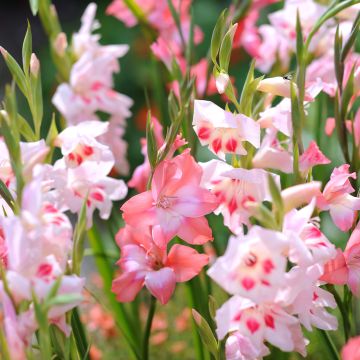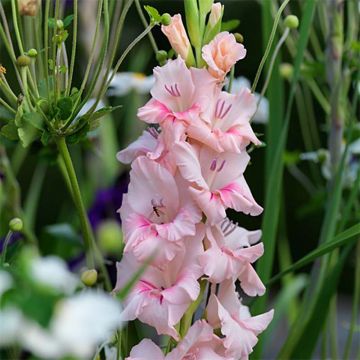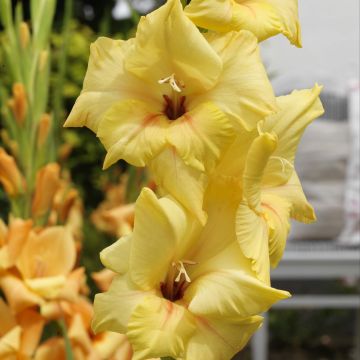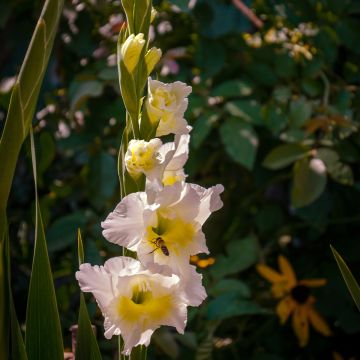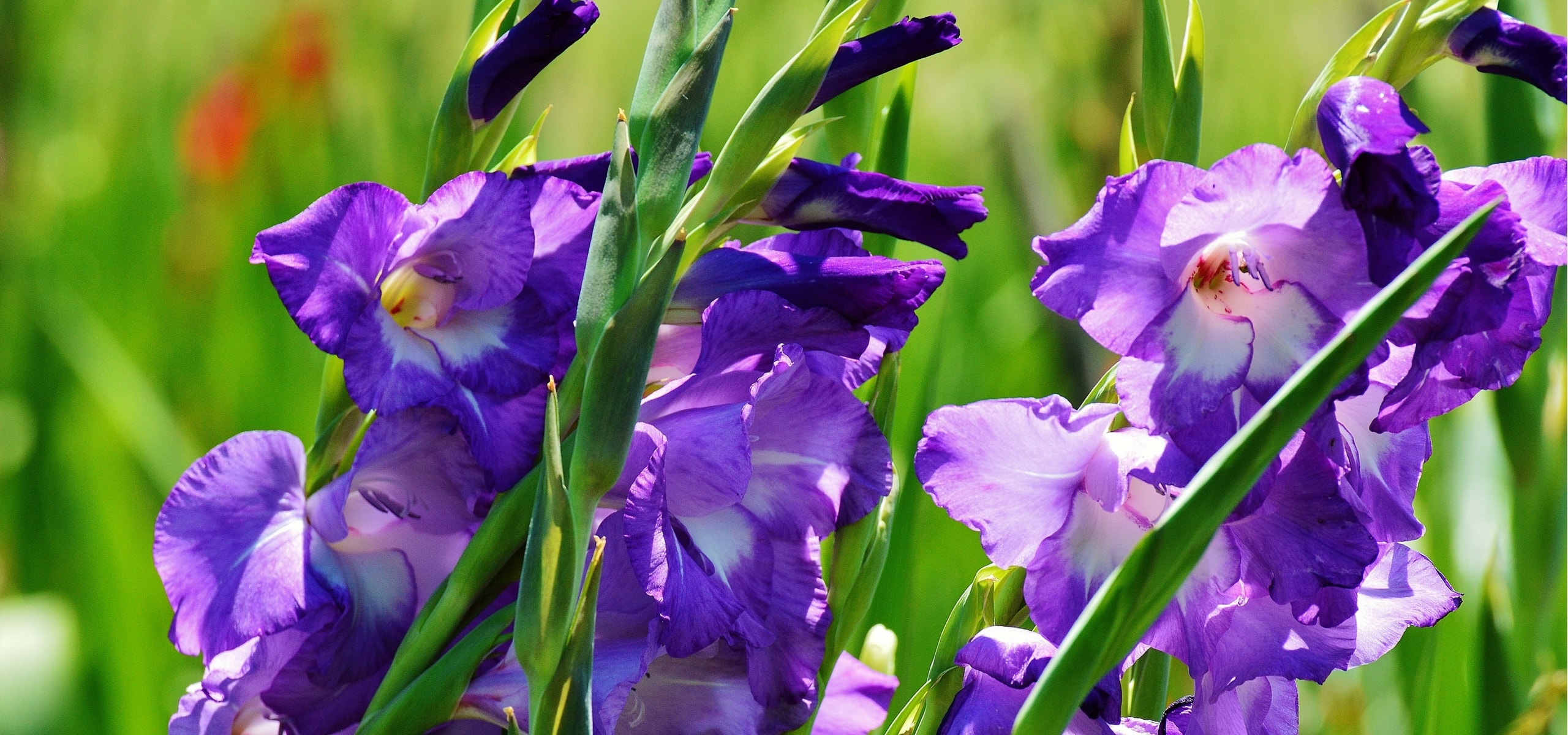
How to winter and divide your gladioli?
In a few simple steps
Contents
Gladioli, with their large colourful flower spikes, are a must-have for the summer garden. However, to enjoy their spectacular flowering year after year, it is essential to care for them properly after summer. Unlike other hardy bulbs, gladioli cannot withstand negative temperatures and must be protected from the cold in winter.
Wintering not only helps to preserve the bulbs from frost and diseases, but also optimises their flowering for the following season. It is also the perfect opportunity to divide the bulbs, multiply your young plants, and thus enhance your garden even more the following year.
In this article, discover how to successfully winter your gladioli, with practical tips to keep them in perfect health until spring.
Why winter the gladioli?
Gladioli are sensitive to cold and are quite non-hardy (down to -5 °C). If you live in an area where temperatures regularly drop below -10 °C, it is advisable to dig up the bulbs to keep them safe from frost. In winter, excessive soil moisture can also cause the bulbs to rot. By lifting them and storing them in dry, ventilated conditions, you prevent the development of fungal diseases and maximise their chances of blooming vigorously the following spring.
Finally, wintering your gladioli also allows you to select the healthiest bulbs and remove those that are damaged or diseased. This step contributes to the overall health of the planting and ensures a good start for the next season.
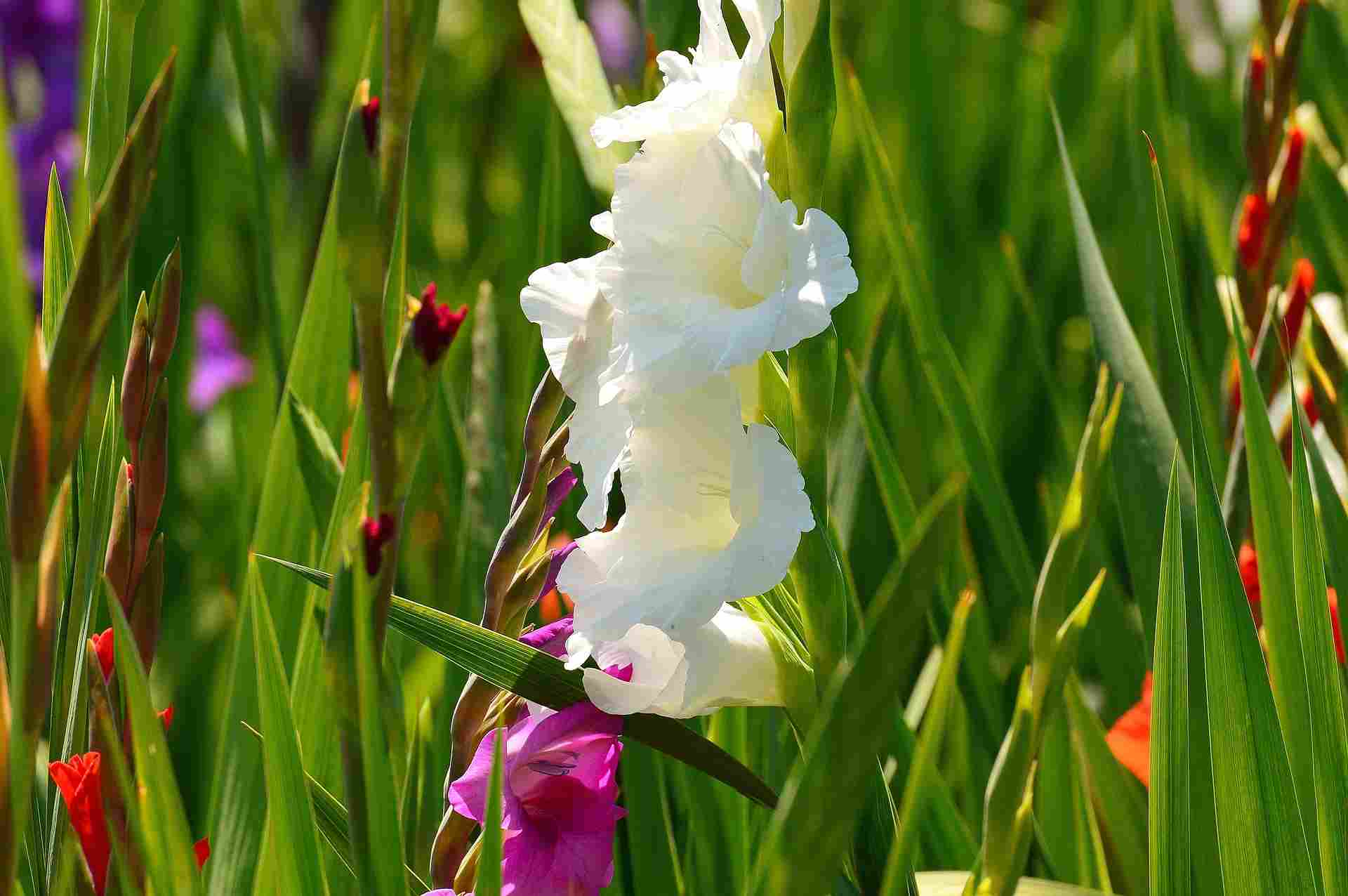
Read also
Planting GladioliWhen and how to winter gladioli?
Bulb harvesting takes place after flowering, when the foliage begins to yellow and dry, generally between October and November. This yellowing indicates that the plant has completed its cycle and that the bulbs have stored enough reserves for the next season. It is important not to lift the bulbs too early, as this could weaken their future flowering. Ideally, intervention should occur in dry, sunny weather to facilitate the drying of the bulbs and avoid the risk of rot.
To winter them, follow these steps:
- Use a fork to gently lift the corms from the soil, taking care not to damage them.
- Hold the gladioli by their foliage and gently shake to remove excess soil that could promote moisture and rot.
- Allow the bulbs to dry in the open air for a day in a dry, well-ventilated place, out of direct sunlight.
- Cut the foliage to 5 cm above the bulb to limit energy loss.
- Clean by removing any remaining soil and small dry roots, then sort the bulbs, discarding those that are damaged or diseased.
- Separate the young corm formed during the summer from the old corm below, which is exhausted and can be discarded. Also keep the bulbils (small bulbs formed around the main one).
- Replant the bulbs in spring, knowing that it will take 2 to 3 years before they produce beautiful flowers.
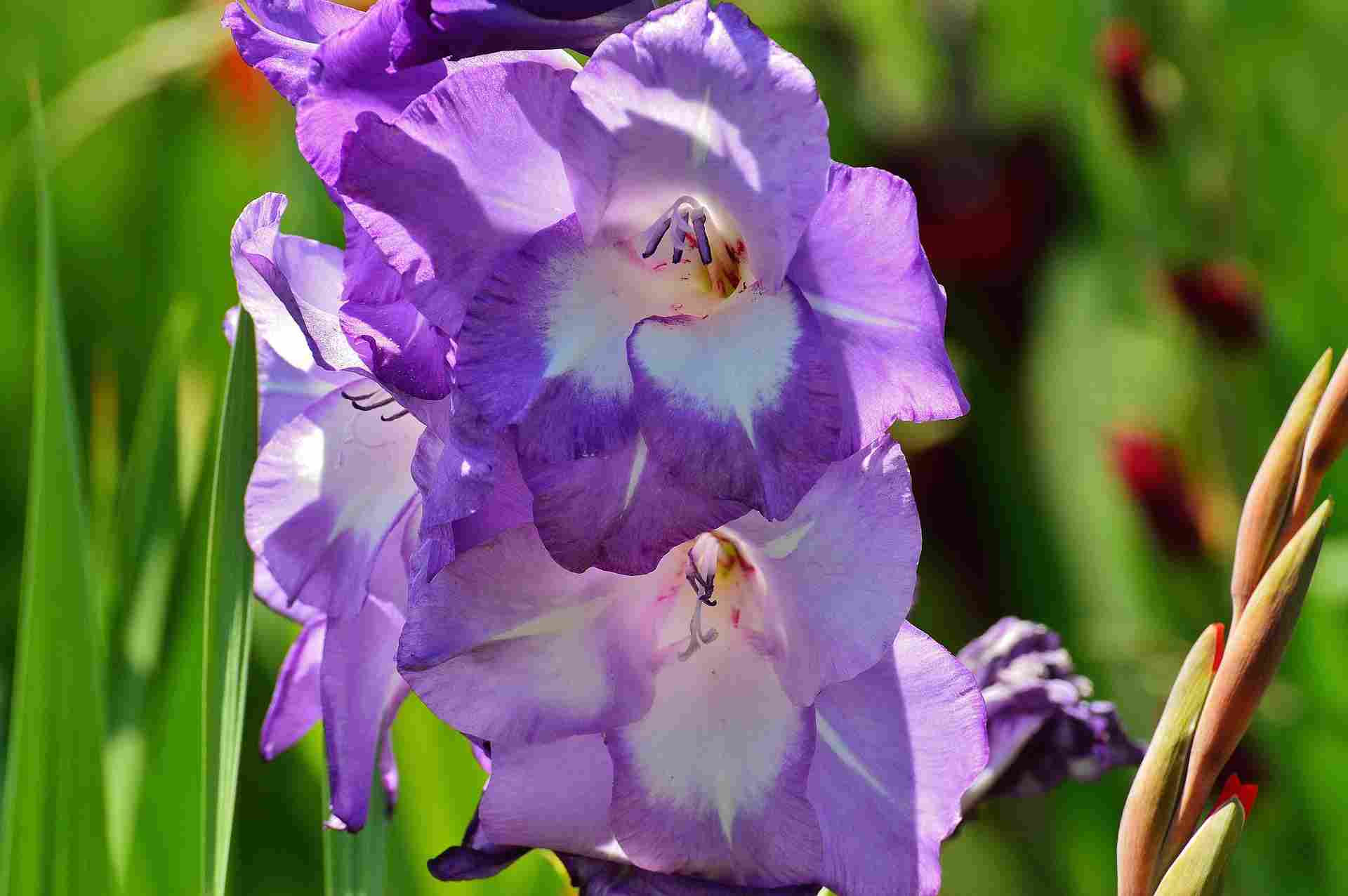
Discover other Gladioli
View all →Available in 1 sizes
Available in 0 sizes
Available in 0 sizes
Available in 0 sizes
Available in 0 sizes
Available in 1 sizes
Available in 1 sizes
Available in 1 sizes
Available in 1 sizes
Available in 1 sizes
How to store bulbs during winter?
Once well dried and cleaned, gladiolus bulbs should be stored under optimal conditions to prevent rot and ensure good recovery in spring. Here are the steps to follow:
- Choose a suitable container: prefer wooden crates, filaments, paper bags, or even newspaper to allow air circulation. Avoid plastic bags, which retain moisture and promote the development of mould.
- Keep a cool and dry environment: store the bulbs in a place with a temperature between 5 and 10°C, protected from frost and humidity. A cellar, an unheated garage, or a well-ventilated attic are ideal locations.
- Space out the bulbs: do not overcrowd them to avoid mutual damage. If possible, spread them out in a single layer or place them in compartmentalised trays.
- Protect against diseases: lightly dust the bulbs with sulphur powder or bicarbonate of soda to limit the risk of mould and pest attacks.
- Check regularly: inspect the bulbs once a month to remove any that begin to soften or mould to prevent contamination of the others.
When and how to replant bulbs in the garden?
Plant the bulbs in spring, once the risk of frost has passed, usually between April and May depending on the region. The soil temperature should be at least 10°C to ensure good establishment.
Tip: Staggering plantings every two weeks allows for continuous flowering throughout the summer!
- Prepare the soil: loosen the soil to a depth of 20 cm and enrich it with compost or organic fertiliser to promote growth. Well-drained soil is essential to prevent the bulbs from rotting.
- Plant the bulbs: push each bulb down to a depth of 10-15 cm, point facing upwards, and space them 10-15 cm apart to allow for good development.
- Water lightly after planting to moisten the soil, but avoid excess. Afterwards, water regularly, especially during dry periods.
- Mulch around the plantings to retain moisture and limit the growth of weeds.
- Stake if necessary: in windy regions or for very tall varieties, install stakes to prevent the stems from bending under their own weight.
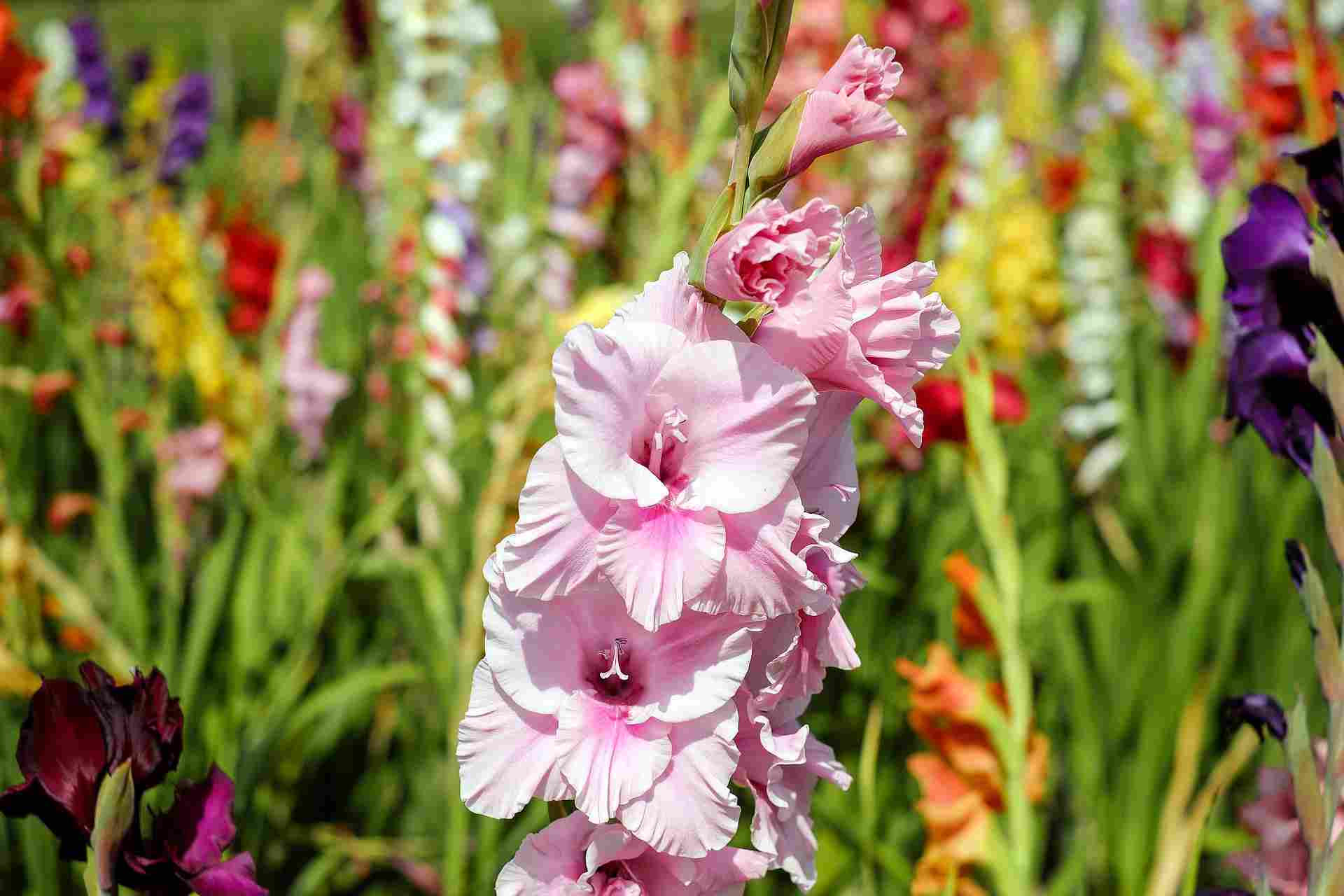
- Subscribe!
- Contents































